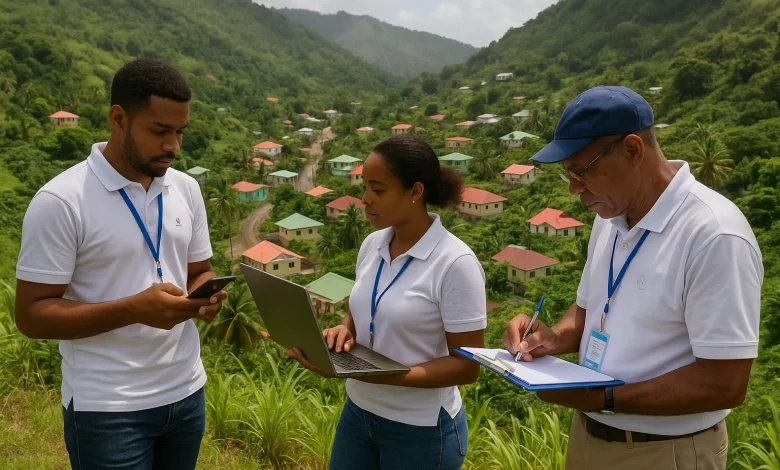Housing Census in Dominica

The Housing Census in Dominica is a nationwide enumeration of dwellings, household conditions, and living arrangements conducted alongside the decennial Population Census. Managed by the Central Statistical Office, the census provides the government with data on housing quality, infrastructure access, and household composition, serving as a crucial tool for planning in the housing sector.
Purpose and Scope
The Housing Census records information on:
- The number and type of dwellings (detached houses, apartments, shared dwellings).
- Occupancy status (owner-occupied, rented, vacant, or under construction).
- Materials used in construction, such as roofing, walls, and flooring.
- Access to utilities and services, including electricity, piped water, toilets, and waste disposal.
- Overcrowding levels measured by household size and available rooms.
By documenting these factors, the census helps identify housing shortages, quality issues, and infrastructural needs across Dominica’s ten parishes and its many urban and rural communities.
Historical Data and Trends
The 2011 Population and Housing Census reported:
- 25,113 households across Dominica.
- A total of 26,085 occupied housing units, with about 72% owner-occupied and the remainder rented, rent-free, or other arrangements.
- A majority of homes built with concrete walls and galvanized iron roofs, but with variations by region.
- Gaps in services such as reliable piped water and indoor sanitation in some rural districts.
Post-Hurricane Maria in 2017, housing vulnerability was starkly exposed: 90% of homes were damaged, and nearly 4,000 were destroyed. This has since influenced how the census is used, guiding reconstruction programs like the Housing Recovery Project and the Future Housing Programme.
Importance for Policy
Housing Census data inform:
- Urban planning and zoning regulations.
- Disaster resilience strategies, ensuring new homes meet climate-resilient standards.
- Allocation of resources for utilities such as electricity and water.
- Targeted social programmes, including housing loans and subsidies.
The census also underpins monitoring of international development targets, including the Sustainable Development Goals (SDGs), especially Goal 11 on sustainable cities and communities.




